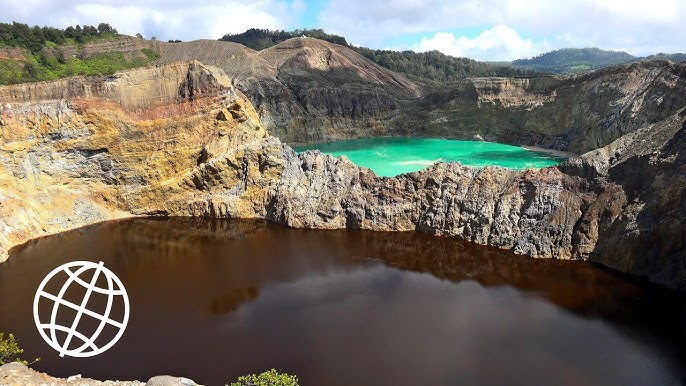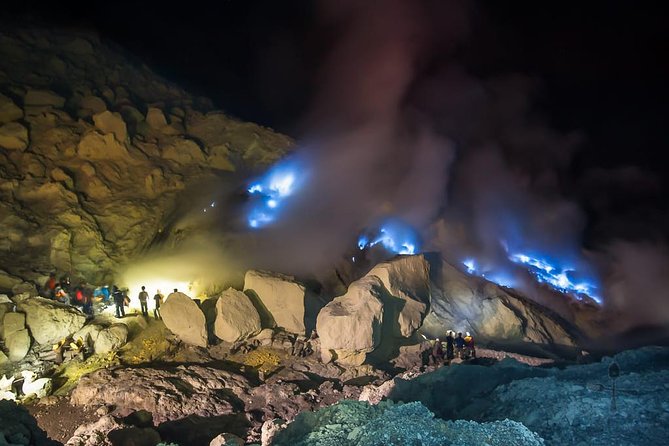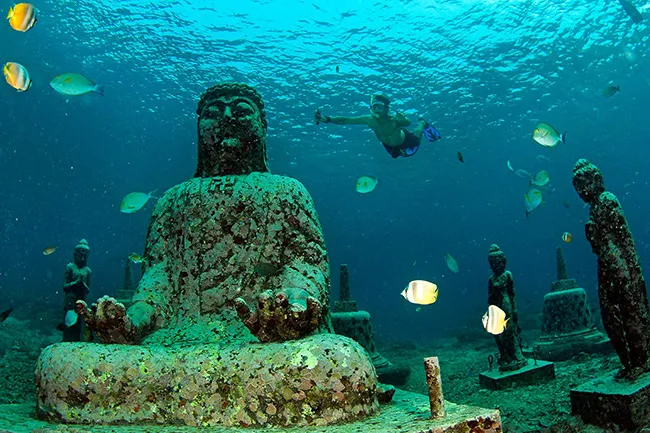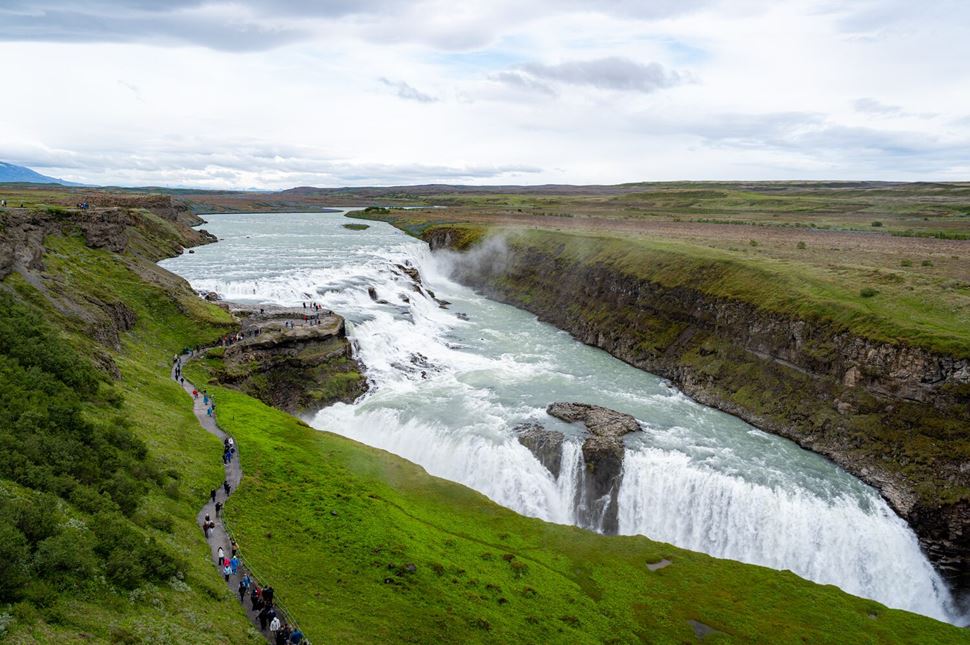What Is “The Disappearing Lake of Iceland”?
Iceland is known for its volcanoes, glaciers, and geysers, but one of its most fascinating natural wonders is a phenomenon where a lake suddenly disappears in just weeks or months. This event is known as The Disappearing Lake of Iceland, with the most famous example being Lake Kleifarvatn on the Reykjanes Peninsula.
After a major earthquake in 2000, several deep cracks opened at the bottom of the lake. These cracks allowed the water to drain directly into the ground without any visible rivers or streams carrying it away.
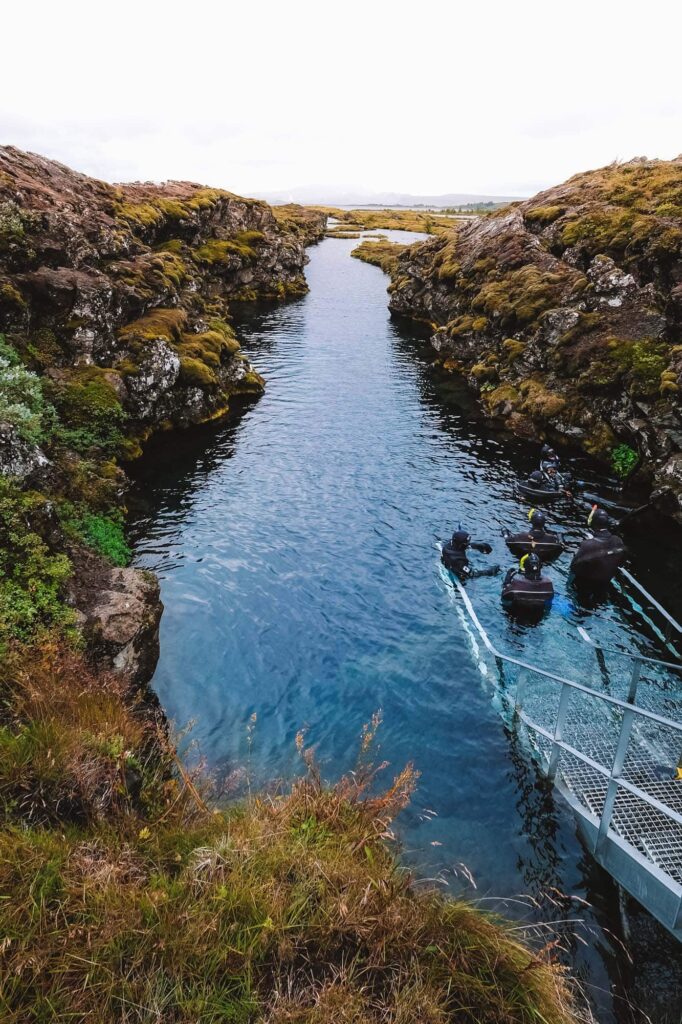
Why Can a Lake Disappear?
The disappearing lake phenomenon is a result of Iceland’s unique and unstable geology. Here are the main reasons:
1. Tectonic Plate Movement
Iceland lies on the Mid-Atlantic Ridge, where the North American and Eurasian plates drift apart. This creates cracks, fissures, and openings in the earth’s crust that can swallow lake water.
2. Highly Porous Volcanic Soil
The volcanic landscape of Iceland is made of porous lava and basalt. If new fissures form, water seeps quickly into the ground.
3. Earthquakes That Reshape the Lakebed
Large earthquakes can:
- open fresh fissures,
- widen existing cracks,
- or lower parts of the lakebed.
As a result, water volume drops dramatically or even disappears completely.
Kleifarvatn: Iceland’s Most Famous Disappearing Lake
Kleifarvatn, located near Reykjavík, is the most well-known example. After the 2000 earthquake:
- the lake shrank by up to 20%,
- water levels continued to drop for years,
- and scientists noticed no visible water outlets.
Eventually, sediment naturally sealed some cracks, causing the lake to refill gradually but the mystery remains unforgettable.
Local Legends and Myths
According to Icelandic folklore, Kleifarvatn is home to a giant worm-like creature living deep beneath its surface. Though unproven, the tale adds a layer of mystique to the already mysterious disappearing lake.
Top Attractions Around the Disappearing Lake
• Lava Fields
Massive black lava fields surrounding the lake create dramatic, moon-like scenery.
• Krýsuvík Geothermal Area
Just a short drive away, you’ll find bubbling mud pools, steaming vents, and colorful mineral landscapes.
• Silfra Fissure
One of the clearest diving spots in the world, where divers swim between two continental plates.
Why This Phenomenon Attracts Tourists
- It’s a rare natural spectacle that can’t easily be found elsewhere on Earth.
- The area showcases the raw power of geology and tectonic activity.
- Photographers love the surreal, volcanic landscapes and the changing water levels.
- Ecotourists and science enthusiasts visit to observe real-time geological changes.
Tips for Visiting the Disappearing Lake
- Best season: May–September when roads are safe and the area is most accessible.
- Use a drone for breathtaking aerial shots of fissures and surrounding landscapes.
- A 4×4 vehicle is recommended for exploring the rugged lava terrain.
- Dress warmly, as the weather can change rapidly in Iceland.
